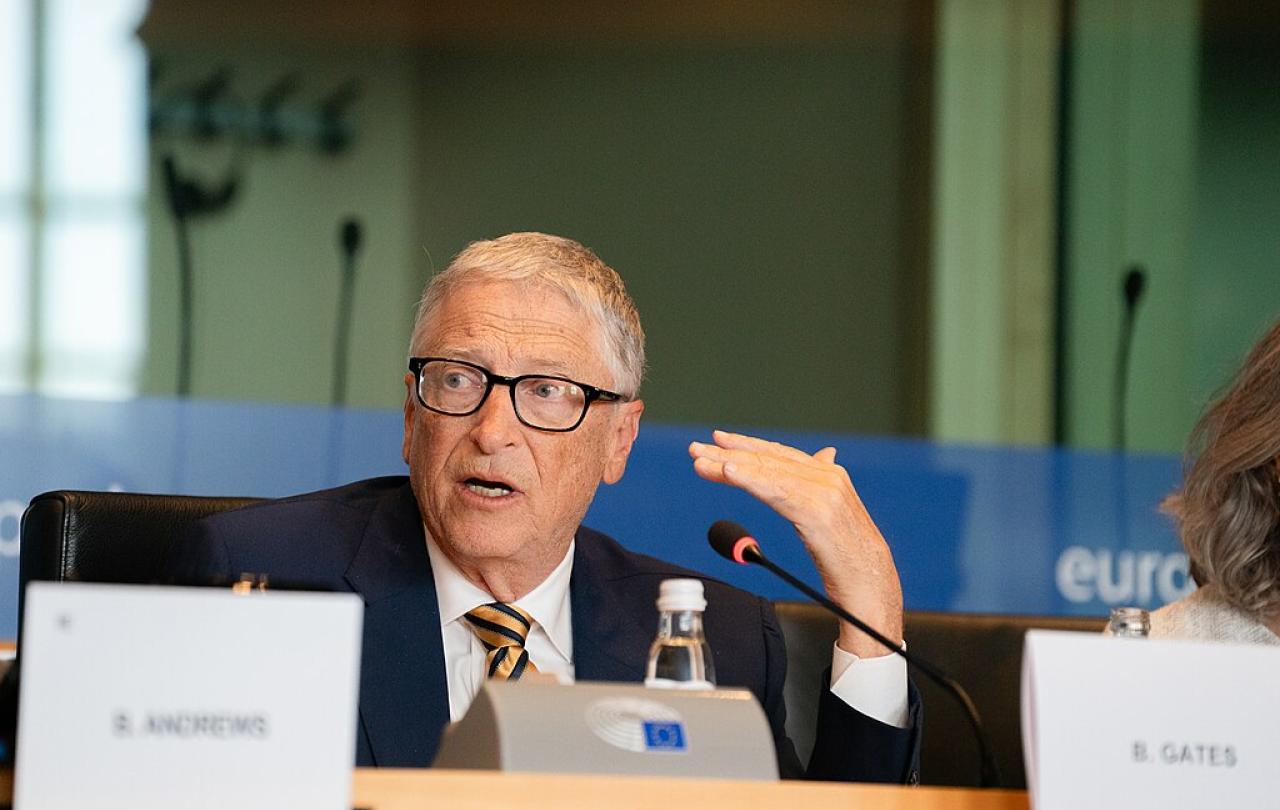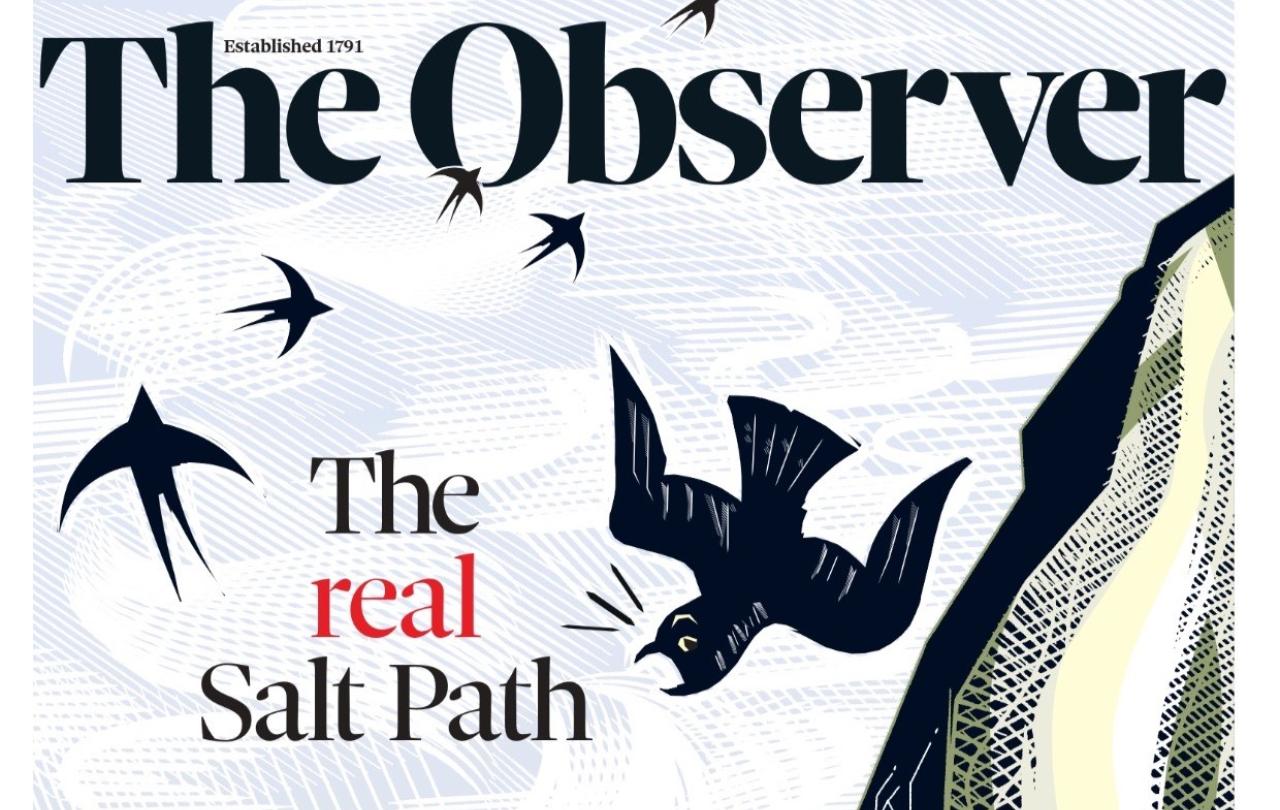
It is hard to find Bill Gates the man behind Bill Gates the tech billionaire. The founder of Microsoft is consistently portrayed in the media solely through the lens of wealth, influence and innovation, and with good reason. For decades he has ranked one of the richest men in the world with a net worth of around $113 billion, and his most recent operating system running on over 400 million devices around the world.
But in the first instalment of his planned three-volume biography Bill Gates reveals something of his personal story - of the rituals, coincidences and relationships that have shaped the man who, like it or not, is shaping all our lives
As someone who grew up riding the wave of the technological revolution of the 1970s, 80s and 90s, I found Bill Gates’ deeply personal portrait particularly fascinating. But the themes of his book resonate even wider - the way he talks about relationship and risk, inclusion and inspiration, memory and morals, are poignant however much time you spend on your computer and however much money you have in your pocket.
Hearts with Grandma shaped Gates’ childhood
The powerful influence of Gates’ family, particularly his grandmother, is unmistakable. The biography opens and closes with the woman who called him “Trey,” recognizing his place as the third William Henry Gates in the family. Their close bond developed over the card table, where Gates sat in awe of her mental sharpness. Even into old age she regularly beat him at her favourite game, Hearts. It’s likely not a coincidence that this game made it into Microsoft’s early operating systems: Gates’ way of sharing something of his grandmother with the world. But Hearts was more than a card game. It symbolises the space Gates was offered to learn strategy, logic and focus. It was a levelling of the playing field across generations and an opportunity to discover and refine his sense of identity, competition and connection.
I found myself reflecting on my own childhood, and those long dark evenings playing Carrom and Rummikub with my mum, at least until I was seduced by Pacman and Elite on my microcomputer. Then I thought about how that played out with my own children who I once taught to play Uno and Connect 4 and who have subsequently introduced me to the challenges of Catan, Carcassonne, Codenames, Ganz Schon Clever, and so on. Card and table games have had their own mini-revolution since the days of Hearts and Patience: they continue to be the school where early learners develop strategy, connection, and identity.
Off-grid and online life shaped Gates’ young adult life
Gates’ childhood, as portrayed in his biography, feels like it belongs to a completely different era. It makes me feel uncomfortable as he describes the way he used to disappear as a teenager on a nine-day hike through the Cascade Mountains in Washington State with friends—no mobile phones, no contact with home. In one remarkable story, his parents managed to reach him by phoning a random stranger in a town along his route. That stranger successfully relayed the message that his family’s planned rendezvous had changed. It’s an image from a different world, one of off-grid trust, risk, and adventure—far from the always-on, hyper-connected digital culture Gates would go on to help create. How ironic that the skills Gates needed to become one of the central architects of digital transformation were formed in the middle of nowhere. The infrastructure of today’s information age—its fluidity, reach, and depth—was birthed in mountain walks, wild camping and lake swimming.
The image of a young Bill Gates forging resilience and perspective far from the digital world is both nostalgic and instructive. Perhaps the next great innovators won’t emerge from the data diet or coding camps but from tents under the stars and homes where screens are conspicuously absent.
Gates’ neurodiversity is his superpower
One of the most important influences that emerges during Gates’ school education was Mrs Blanche Caffiere, the school librarian at View Ridge Elementary in Seattle. She not only managed the library but also invited young Gates to work as her assistant—a role that empowered him, nurtured his curiosity, and profoundly shaped his sense of belonging at school. Socially awkward but intellectually gifted, Gates was given a position of responsibility, and that act of trust and inclusion gave structure to his experience of school as well as a place where he could flourish. It’s a powerful reminder of the transformative role teachers can play—especially those who go beyond the curriculum to draw out the unique gifts of each student.
In the book’s epilogue, Gates reflects on his neurodiversity:
“If I were growing up today, I probably would be diagnosed on the autism spectrum… During my childhood, the fact that some people’s brains process information differently from others wasn’t widely understood.”
His parents seemed to respond to his difference with patience and ingenuity. While they clearly struggled, they also invested in his education and in supporting his mental health. Instead of framing neurodiversity as a deficit, Gates’ family recognised it as a form of untapped potential. And, on reflection, Gates agrees. Seeing the world differently, he has said, is something he wouldn’t trade.
These three themes come together in one story that really struck home to me. As a child Bill Gates attended church with his sister, and on one occasion this church issued a challenge: any young person who could memorize the entire Sermon on the Mount would earn a meal at the city’s iconic Space Needle in its lofty rotating restaurant. With his agile brain, his family relationships and his growing resilience Gates memorized the entire passage verbatim, passed the test, and earned his reward.
Memorising 150 verses is no mean feat, but it wasn’t the end of the story. That challenge sparked a deeper interest, and Gates went on to read the entire Bible from cover to cover. He recognized that discovery as a vital part of his journey toward adulthood, forming part of the moral and intellectual foundation that would shape his later life.
Gate’s story, as told in this first volume, isn’t just a biography of a tech mogul - it is a window into the formation of a complex human being. What emerges is not just a tale of one success, but a testament to the quiet, often overlooked forces that shape a life, a community, and a moral framework. The time spent with a grandmother, the vision of a school librarian, the stillness of a night spent under the stars, the power of a sacred text: perhaps here is the true source of the man who is Bill Gates.
Support Seen & Unseen
Since Spring 2023, our readers have enjoyed over 1,500 articles. All for free.
This is made possible through the generosity of our amazing community of supporters.
If you enjoy Seen & Unseen, would you consider making a gift towards our work?
Do so by joining Behind The Seen. Alongside other benefits, you’ll receive an extra fortnightly email from me sharing my reading and reflections on the ideas that are shaping our times.
Graham Tomlin
Editor-in-Chief





